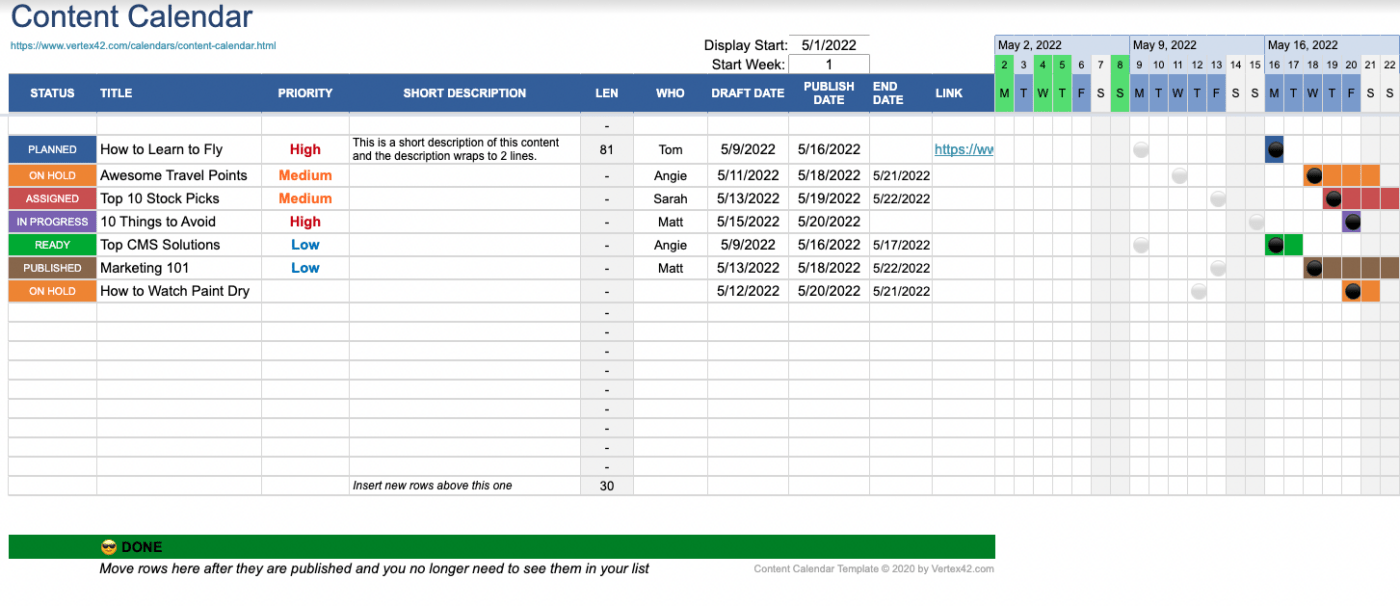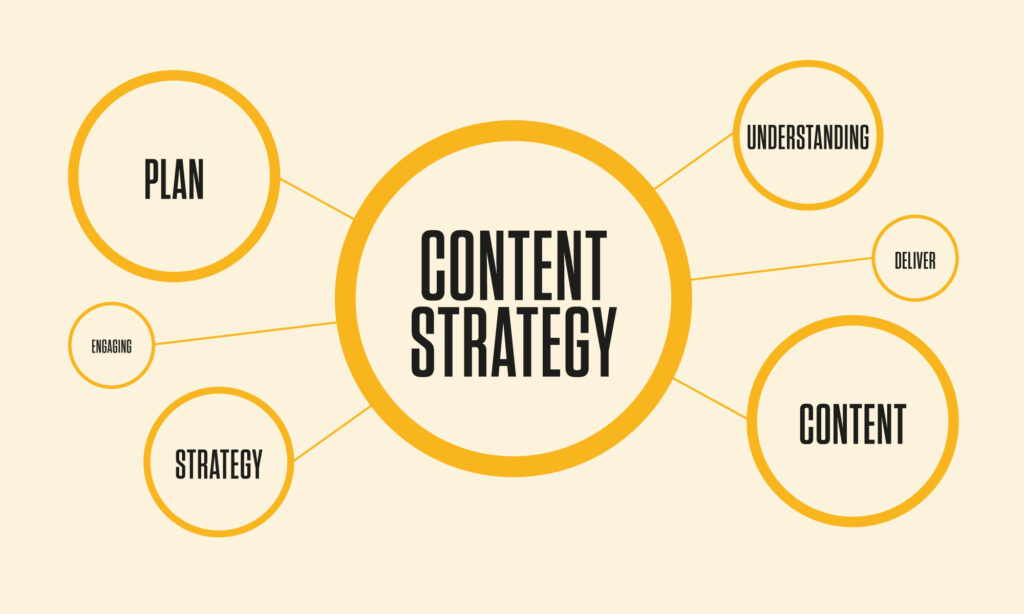I recently had a conversation with a fellow writer who felt overwhelmed — not just by the volume of content they needed to produce, but also by the challenge of understanding their audience and creating a tailored content strategy.
They were unsure how to develop a plan that would efficiently address their audience’s needs and pain points, without compromising their content quality, but ideally avoiding burnout in the process.
I realized that many creators must be grappling with the same issue, so I decided to try and put together some wisdom to help you create an impactful, easy-to-produce content strategy that’s tailored to your unique audience.
By the end of this article, you’ll have a better understanding of your audience and a clear plan to create content that resonates with them, all while maintaining a healthy work-life balance.

Recognizing Your Audience’s Needs and Challenges
Before you plunge into content creation willy nilly, it’s crucial to gain a deep understanding of your audience’s needs and obstacles.
After all, your goal is to help someone achieve a goal. It’s worth spending the time preparing in order to be sure you’ll do a good job.
The end result should be that you’ll craft tailored, unique, and insightful content that tackles your audience’s unique issues.
The more you hit the nail on the head, the more they’ll trust you and want to keep coming back for more.
It’s a win-win for everybody.
Follow these steps to recognize your audience’s needs and challenges
Define your target audience
Develop a comprehensive profile of your ideal audience member, including demographics, interests, and online behavior. This helps you understand who you’re trying to reach and what matters to them.
For example: If you’re targeting aspiring digital creators, your ideal audience member might be a tech-savvy individual in their mid-20s, eager to learn new skills and share their expertise. They might be active on specific Slack and Discord channels, Reddit forums, Indiehackers, etc.
Conduct keyword research
Utilize keyword research tools to identify popular search terms related to your niche (we use our keyword gameplan for this). This provides insight into the topics your audience searches for and the questions they ask.
For example: If “how to monetize a blog” is a popular search term with low difficulty, you can create content discussing various blog monetization strategies.
Analyze your competitors
Examine the content your competitors produce and pinpoint gaps or areas where you can offer a unique perspective or more comprehensive information.
For example: If a competitor’s article on “best tools for digital creators” covers only five tools, consider creating a more extensive list of 10 or 15 tools to offer additional value to your readers. Take note of what advice you’d offer differently.
Engage with your audience
Interact with your audience via social media, online forums, and blog comments to learn about their needs, concerns, and challenges. This direct feedback can help fine-tune your content strategy.
Have an established social media following? Simply ask them what they want to learn from you. Their responses might reveal knowledge gaps you never anticipated.
If you’re researching in a specific community, there’s no shame in introducing yourself and asking, “hey this is what I’m good at and trying to do with my business. I’d love to hear more about your challenges and goals.”
Just be sure to hang around in that group for a few weeks first to be sure that this kind of thing won’t annoy the same people you’re trying to get on good terms with.
The last thing you want is to get banned for not following their rules.
Developing a Content Plan Catering to Audience Needs
Once you’ve effectively identified your audience’s needs and challenges, it’s time to make a plan for creating the content that addresses them. We in the biz call this a “content strategy” ????
A well-planned content strategy helps you stay organized and focused on delivering value to your audience. It also saves you a lot of headache down the road and it’s worth spending the effort to get right.
Here’s how to develop one the right way:
- Brainstorm content ideas: Based on both your audience and keyword research, generate a list of content ideas that cater to their needs and challenges. Aim for a mix of topics covering various aspects of your niche. Remember: you’re solving someone’s problems first and foremost. Think of them before you think of yourself. The rest will come later.
- Prioritize your ideas: Not all content ideas hold equal weight. Evaluate the potential impact of each idea and prioritize them based on relevance, search volume, and keyword competition level. If SEO is your priority, you aren’t going to want to be spending time writing articles that have no chance of ranking.
- Set goals for each content piece: Establish clear objectives for each content piece, such as driving traffic, increasing engagement, or generating leads. This helps you measure content success and adjust your strategy accordingly.
- Create a content calendar: Plan content in advance using a content calendar to maintain consistency and ensure a steady flow of valuable content addressing your audience’s needs.

Even if you’re working alone and not on a team, project management tools like Notion, Trello or Asana help you to track content ideas, deadlines, and progress. They help you stay organized and prevents anything from slipping through the cracks.
Strike a Balance Between Evergreen and Trending Topics
A high-impact content strategy requires the right balance between evergreen content and trending topics.
Evergreen content offers long-term value and generates consistent traffic, while trending topics allow you to capitalize on current events and drive short-term engagement.
Follow these tips to strike a balance between evergreen and trending topics:
- Focus on topics that will be relevant for a long time: Most of your content should be evergreen, as it forms the foundation of your content strategy and drives consistent traffic to your site. Examples of evergreen content include how-to guides, case studies, and industry best practices.
To maintain the freshness of your evergreen content, periodically revisit and update it with new information, examples, or trends. This helps retain its relevance and search engine rankings. We keep a simple spreadsheet of all of our articles with a column for “date last edited.” This makes it easy to see the articles we’re falling behind on and need to update.
- Stay informed about industry trends: Subscribe to industry newsletters, follow relevant influencers on social media, and participate in online forums to stay updated on the latest trends and news in your niche. The more engaged you are with what’s going on in your industry, the more valuable you’ll be to your audience and allows you to identify opportunities for creating timely content that captures their interest.
- Be selective with trending topics: Not every trending topic will be relevant to your audience or worth your time. Choose trends to cover carefully and ensure they align with your specific audience and not trying to please everybody all at once. Remember, know your niche, and do everything you can to always be helping them specifically.
Conclusion
For digital creators aiming to monetize their content, grow their audience, and establish themselves as experts in their field, crafting a high-impact content strategy is crucial (especially if you’re a content team of one).
By recognizing your audience’s needs and challenges, developing a content plan catering to those needs, and striking a balance between evergreen and trending topics, you’ll be well on your way to a strategy that delivers results without driving you crazy.
Remember to maintain open communication with your audience, stay informed about industry trends, and continuously refine your content strategy based on performance data and feedback.
If you have any questions or need further assistance, don’t hesitate to reach out.
-Justin
Help With Your Hustle
